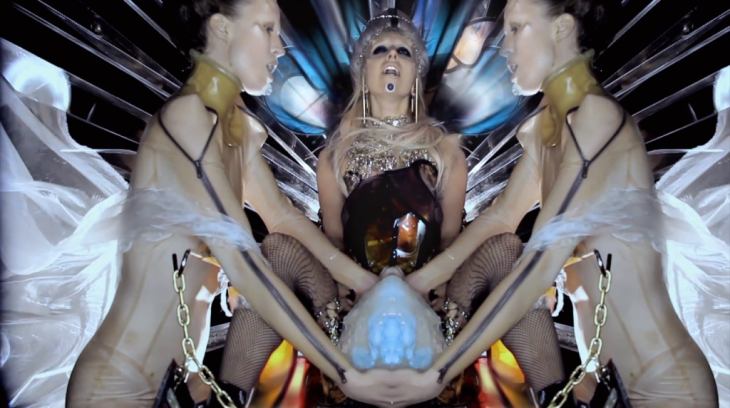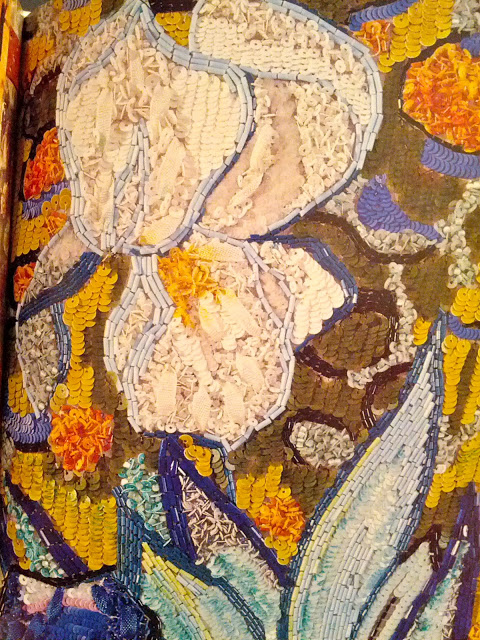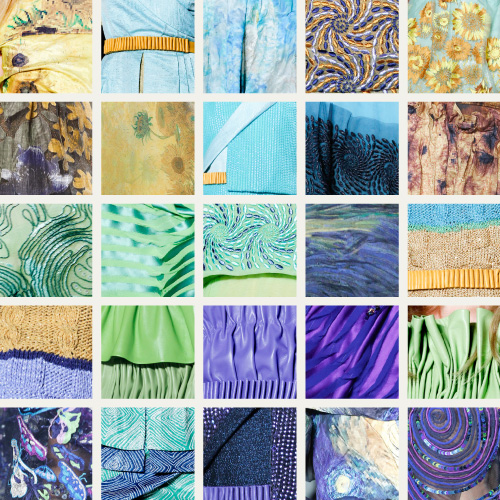The Adoration of the Magi (anglicized from the Matthean Vulgate Latin section title: A Magis adoratur) is the name traditionally given to the subject in the Nativity of Jesus in art in which the three Magi, represented as kings, especially in the West, having found Jesus by following a star, lay before him gifts of gold, frankincense, and myrrh, and worship him.
It is related in the Bible by Matthew 2:11: “On entering the house, they saw the child with Mary his mother; and they knelt down and paid him homage. Then, opening their treasure chests, they offered him gifts of gold, frankincense, and myrrh. And having been warned in a dream not to return to Herod, they left for their own country by another path”.
 Adoration of the Magi. Panel from a Roman sarcophagus, 4th century CE. From the cemetary of St. Agnes in Rome.
Adoration of the Magi. Panel from a Roman sarcophagus, 4th century CE. From the cemetary of St. Agnes in Rome.
In the earliest depictions, the Magi are shown wearing Persian dress of trousers and Phrygian caps, usually in profile, advancing in step with their gifts held out before them. These images adapt Late Antique poses for barbarians submitting to an Emperor, and presenting golden wreaths, and indeed relate to images of tribute-bearers from various Mediterranean and ancient Near Eastern cultures going back many centuries. The earliest are from catacomb paintings and sarcophagus reliefs of the 4th century. Crowns are first seen in the 10th century, mostly in the West, where their dress had by that time lost any Oriental flavor in most cases.
Occasionally from the 12th century, and very often in Northern Europe from the 15th, the Magi are also made to represent the three known parts of the world: Balthasar is very commonly cast as a young African or Moor, and old Caspar is given Oriental features or, more often, dress. Melchior represents Europe and middle age. From the 14th century onwards, large retinues are often shown, the gifts are contained in spectacular pieces of goldsmith work, and the Magi’s clothes are given increasing attention. By the 15th century, the Adoration of the Magi is often a bravura piece in which the artist can display their handling of complex, crowded scenes involving horses and camels, but also their rendering of varied textures: the silk, fur, jewels and gold of the Kings set against the wood of the stable, the straw of Jesus’s manger and the rough clothing of Joseph and the shepherds.

The Adoration of the Magi (Arena Chapel), Giotto di Bondone, 1304-1306

Also by Giotto, 1320
 The Adoration of the Magi, by Fran Angelico, 1433-35
The Adoration of the Magi, by Fran Angelico, 1433-35
 By Sandro Botticelli, 1475
By Sandro Botticelli, 1475
 Studio per l’adorazione dei magi (Design for The Adoration of the Magi), Leonardo da Vinci, between 1478 and 1481
Studio per l’adorazione dei magi (Design for The Adoration of the Magi), Leonardo da Vinci, between 1478 and 1481
 Perspectival study of The Adoration of the Magi, circa 1481
Perspectival study of The Adoration of the Magi, circa 1481
 L’adorazione dei magi (The Adoration of the Magi), Leonardo da Vinci, 1481
L’adorazione dei magi (The Adoration of the Magi), Leonardo da Vinci, 1481
Owing to the painting’s unfinished status in 1481, the commission was handed over to Filippino Lippi, who painted another Adoration of the Magi, completed in 1496, in substitution of the one commissioned to Leonardo da Vinci . It is housed in the Uffizi of Florence. Domenico Ghirlandaio, completed a separate painting, expanding upon Leonardo’s theme, in 1488.
 Adorazione dei magi, (The Adoration of the Magi), Filippino Lippi, 1496
Adorazione dei magi, (The Adoration of the Magi), Filippino Lippi, 1496
Much of the composition of this Da Vinci’s painting was influenced by an earlier work of the Northern artist Rogier van der Weyden. The relationship between figures, space and the viewer’s standpoint, the high horizon, slightly raised viewpoint, space receding into the far distance, and a central figural group poised before a rock formation in the middle of the landscape are all copied from van der Weyden’s Entombment of Christ (1460, Uffizi Gallery, Italy).
 Saint Columba Altarpiece (central panel), Rogier van der Weyden, c. 1464–65
Saint Columba Altarpiece (central panel), Rogier van der Weyden, c. 1464–65
 Diego Velázquez, 1619
Diego Velázquez, 1619
 Rembrandt, 1634
Rembrandt, 1634


 Versions by Peter Paul Rubens, from 1617 to 1634
Versions by Peter Paul Rubens, from 1617 to 1634

 Fashion illustrations by René Gruau
Fashion illustrations by René Gruau Lady Rendlesham With Her Daughter, Antonia, by The Serpentine, Walking Tess D’Erlanger’s Dachshund. Photo by Norman Parkinson. Vogue, May 1959
Lady Rendlesham With Her Daughter, Antonia, by The Serpentine, Walking Tess D’Erlanger’s Dachshund. Photo by Norman Parkinson. Vogue, May 1959 Coiffure for Harper’s Bazaar. Photo by Lillian Bassman, c. 1954
Coiffure for Harper’s Bazaar. Photo by Lillian Bassman, c. 1954
















































































